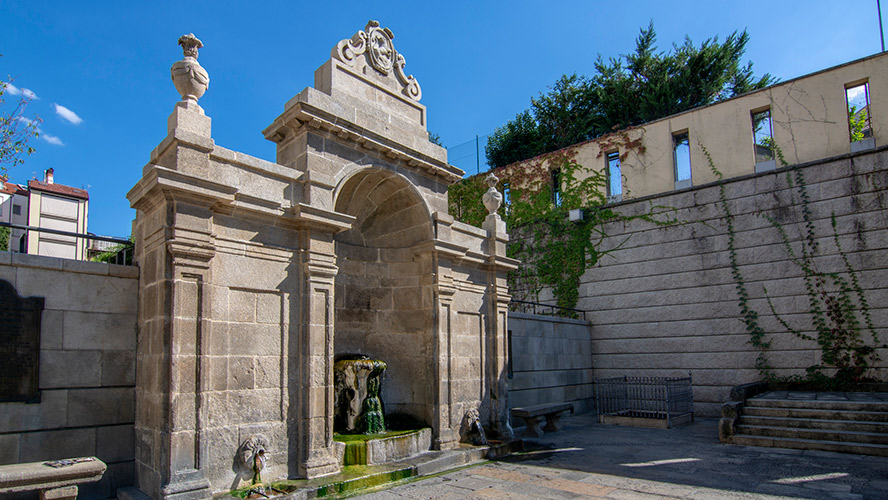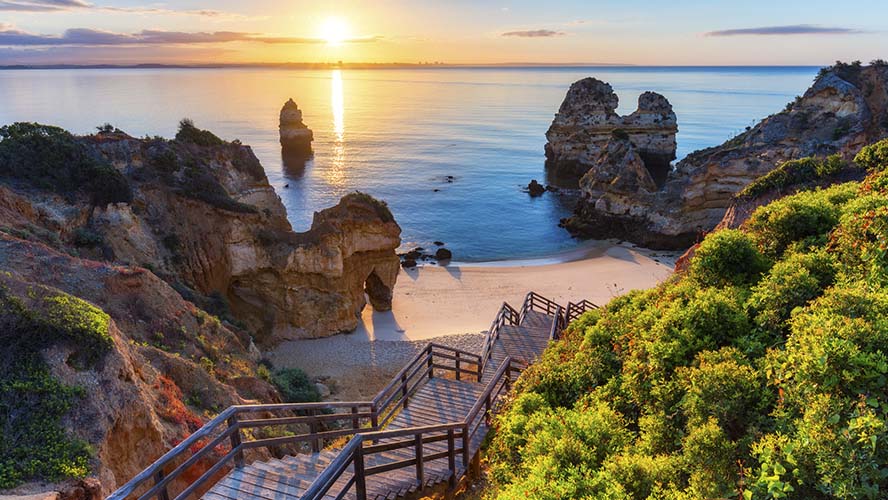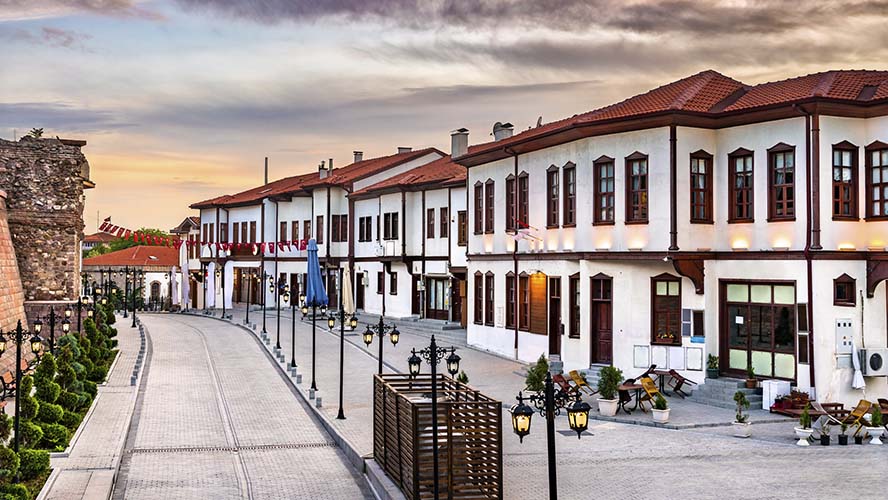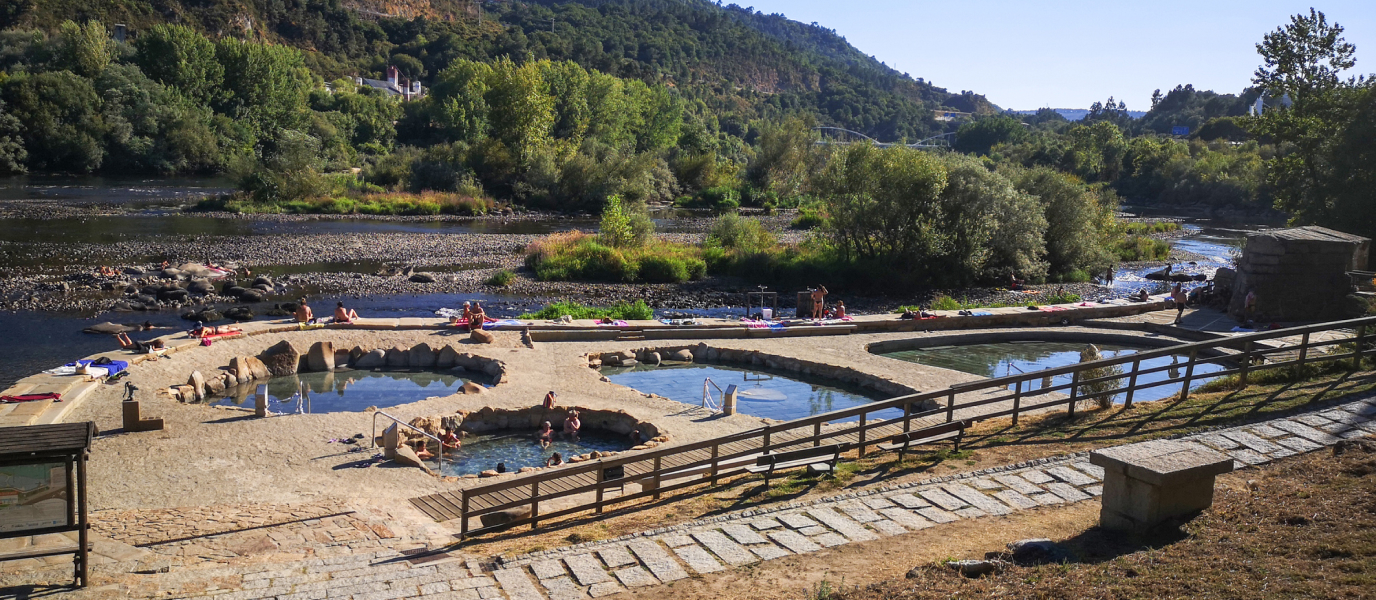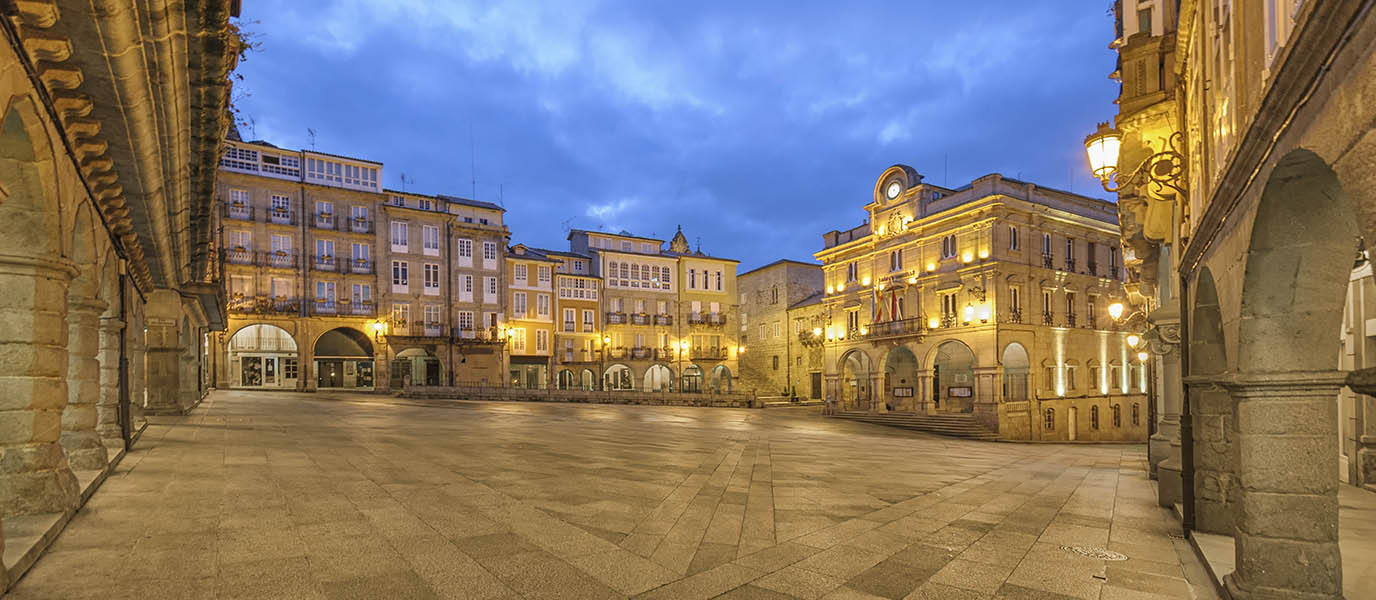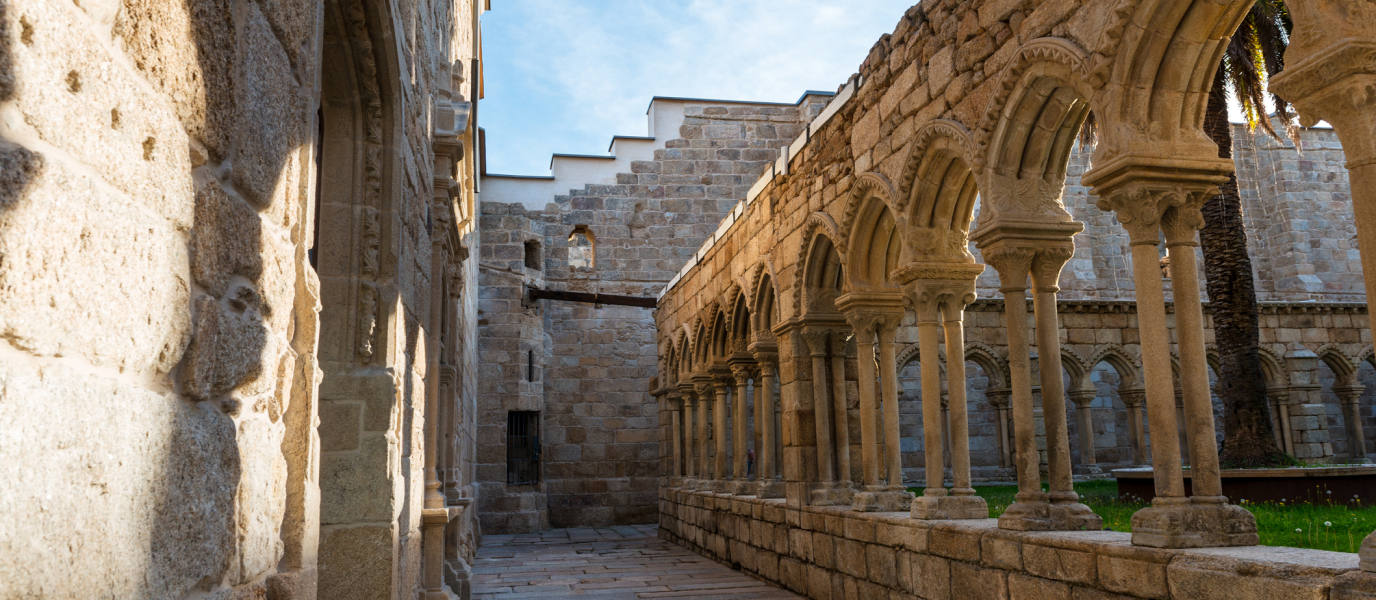For many inhabitants of Ourense, San Lázaro Park is the point where the atmosphere of the city centre is best experienced and is a place that also makes the city greener and more relaxed. Located in the heart of the Galician city, its tree-lined paths and the great baroque fountain have always been the place chosen by the people of Ourense to be seen and to socialise.
An area of crossroads, of comings and goings, which today is still the best place to take a break after strolling the streets of the historic centre or spending an afternoon shopping along the Rúa do Paseo.
Background and history of the park
This green square in the heart of the city didn’t always occupy a central spot in the urban development of Ourense. In its origins, where there are now trees, benches, and paths, there was the so-called pilgrims’ hospital or lazaretto, from which this popular park might take its name.
This destination shows that this green area, in those centuries, wasn’t located in the city centre, as these infrastructures were always built on the outskirts of the city, in the area known as the “extramuros” (outside the city walls). That said, the growth of Ourense has led it, much later, to become the point around which shops, restaurants, and business areas revolve.
It’s also said that a chapel of San Lázaro was located on this plot until 1923, which was then moved to the neighbourhood of O Peliquín and in fact, the park is the place chosen every year to celebrate all the activities that are organised during the festivities held in honour of San Lázaro.
For years, this large area functioned as the fairground that took place on the 7th of every month around the chapel, which gradually turned San Lázaro, now in modern Ourense, into the heart of local business and social life.
The most important shopping streets were located around it and important buildings such as the Civil Government building, currently the Government Subdelegation, or the Tower of Ourense, which assumed, the role of symbol of the city for decades, were erected on its borders.
What to see on your walk in the park
The San Lázaro Park stands out above all for its tree vegetation, even though it’s an urban green area. In addition, in the centre there’s an interesting central fountain in the baroque style that was not originally located in this area, but was brought (stone by stone) from the historic Monastery of Oseira, located 40 kilometres from the capital.
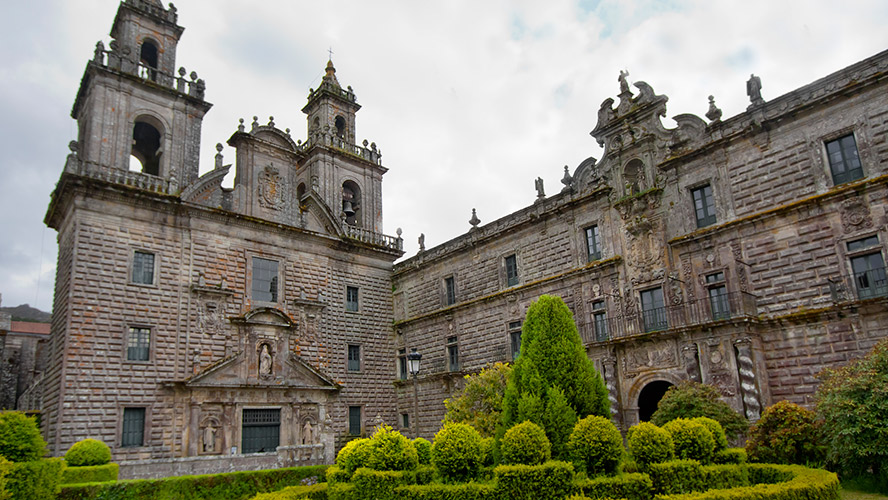
This green plot has several entrances, crowned by various sculptures. One of the most interesting is a winged angel with a laurel wreath in his hands. The figure, made of stone and raised on a granite pedestal by some steps, represents the fallen angel and was made in 1951 by the sculptor Francisco Asorey.
It’s a Francoist homage to the fallen in the Civil War. Many have imagined an angel carrying Lazarus, in relation to the biblical story involving this character, but the popular view is far from reality, since the figure he is carrying in his arms is holding a sword, or rather he’s a soldier and not a beggar.
In addition, when it was put in place, a yoke and arrows and the words “Fallen for God and for Spain, present!” were placed on the pedestal, which was later removed.
Another of the famous statues in the park, and a much more modern one, is O Carrabouxo, in tribute to the cartoonist Xosé Lois González Vázquez, who created this very famous character in Ourense that appeared in a humorous cartoon published in the local newspaper La Región.
We still have some more sculptures to enjoy in the park. In front of the Government Delegation building there is one that pays homage to Antonio Coleman and Estanislao Reverter, leaning on a Renault team vehicle, which they called Alpinche.
Reverter at first and then Coleman are the ones responsible for the fact that the Ourense Rally has been held for almost 50 years.
Other things you can see in the surrounding area
One of the most important buildings next to San Lázaro Park wasn’t erected there. This is the Church of the Franciscans which was brought in 1929, stone by stone, to one of the borders of this green square.
This temple was built in the 14th century on top of the city and formed part of a larger complex next to the convent, of which only the cloister remains. However, at the beginning of the 20th century, the Franciscans decided to move it next to the park because of the sale of the plot of land. The 16th-century bell tower was lost in the relocation process, which many people have criticised in later years.
One of the curious things about this church is that on the highly decorated capitals of its façade you can find the figure of a piper.
If you walk towards the Rúa do Paseo, you can enjoy many of the most important shops in Ourense, restaurants and cafes that, if you follow the path, will lead you to the Plaza Mayor and Las Burgas, one of the city’s thermal springs.
